-
×
-
×
Purple Vampire Crab - Geosesarma Dennerle - Decapod Crustacean 1 × £7.74
-
×
-
×
-
×
6X100G Discus Life Vegetable Plus Blister – Algae & Plant-Enhanced Discus Feed, Nutrient-Rich Food for Tropical Fish, Supports Optimal Growth and Peaceful Aquarium Communities 1 × £12.00
-
×
-
×
Golden Eyes Vampire Crab - Geosesarma Sp. - Decapod Crustacean 1 × £8.71
-
×
-
×
-
×
Subtotal: £110.71


 Purple Vampire Crab - Geosesarma Dennerle - Decapod Crustacean
Purple Vampire Crab - Geosesarma Dennerle - Decapod Crustacean 

 6X100G Discus Life Vegetable Plus Blister – Algae & Plant-Enhanced Discus Feed, Nutrient-Rich Food for Tropical Fish, Supports Optimal Growth and Peaceful Aquarium Communities
6X100G Discus Life Vegetable Plus Blister – Algae & Plant-Enhanced Discus Feed, Nutrient-Rich Food for Tropical Fish, Supports Optimal Growth and Peaceful Aquarium Communities 
 Golden Eyes Vampire Crab - Geosesarma Sp. - Decapod Crustacean
Golden Eyes Vampire Crab - Geosesarma Sp. - Decapod Crustacean 


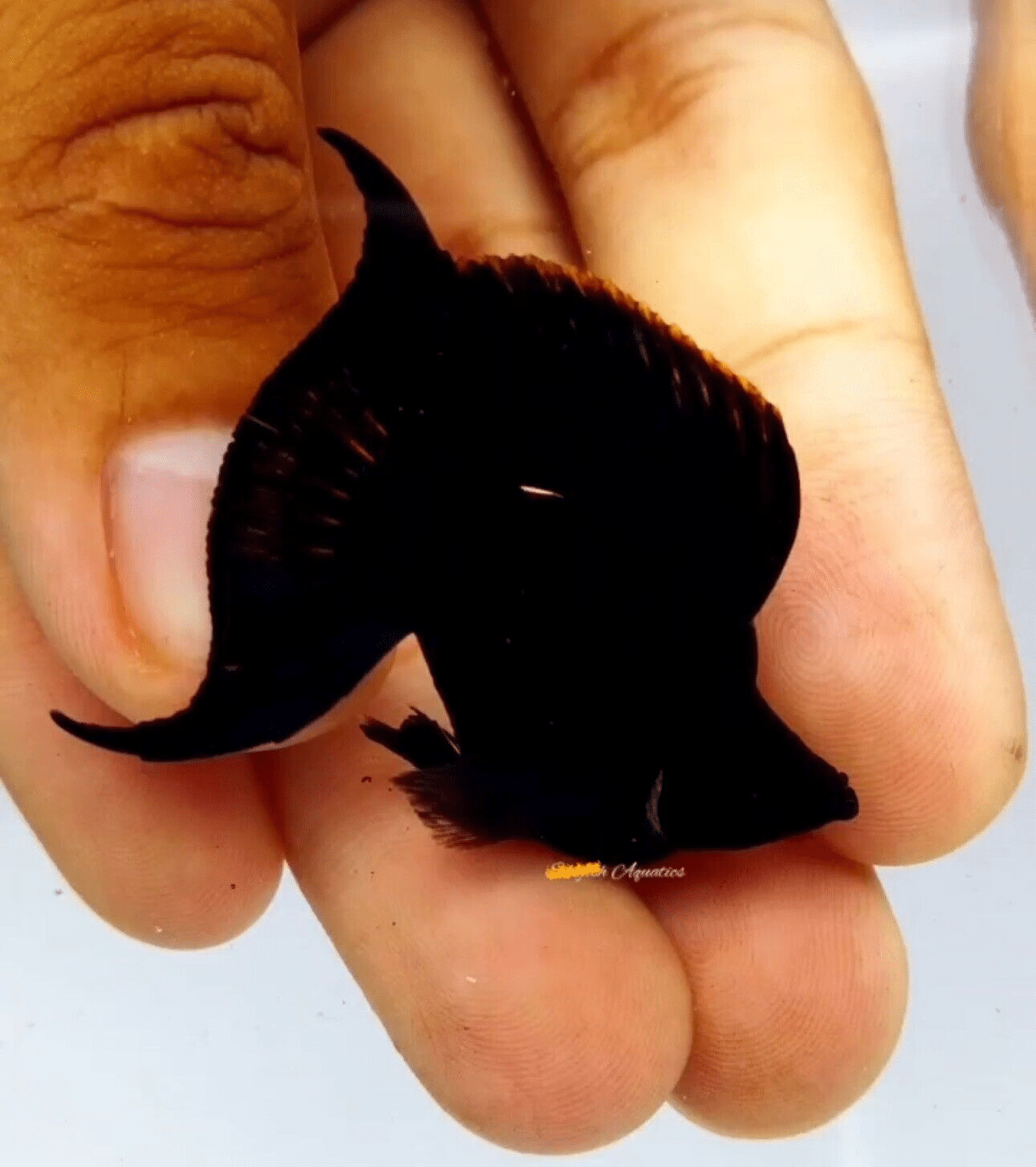
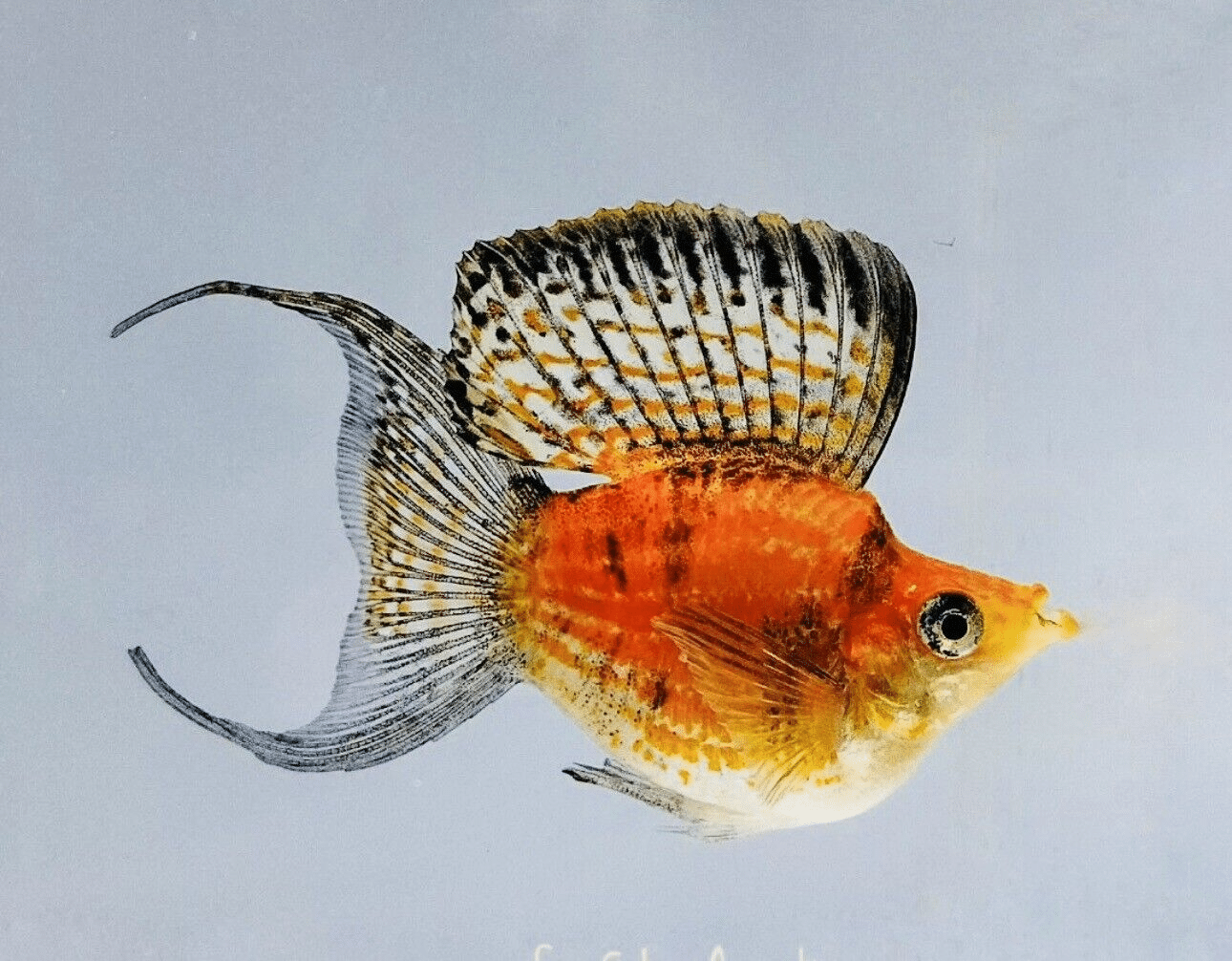

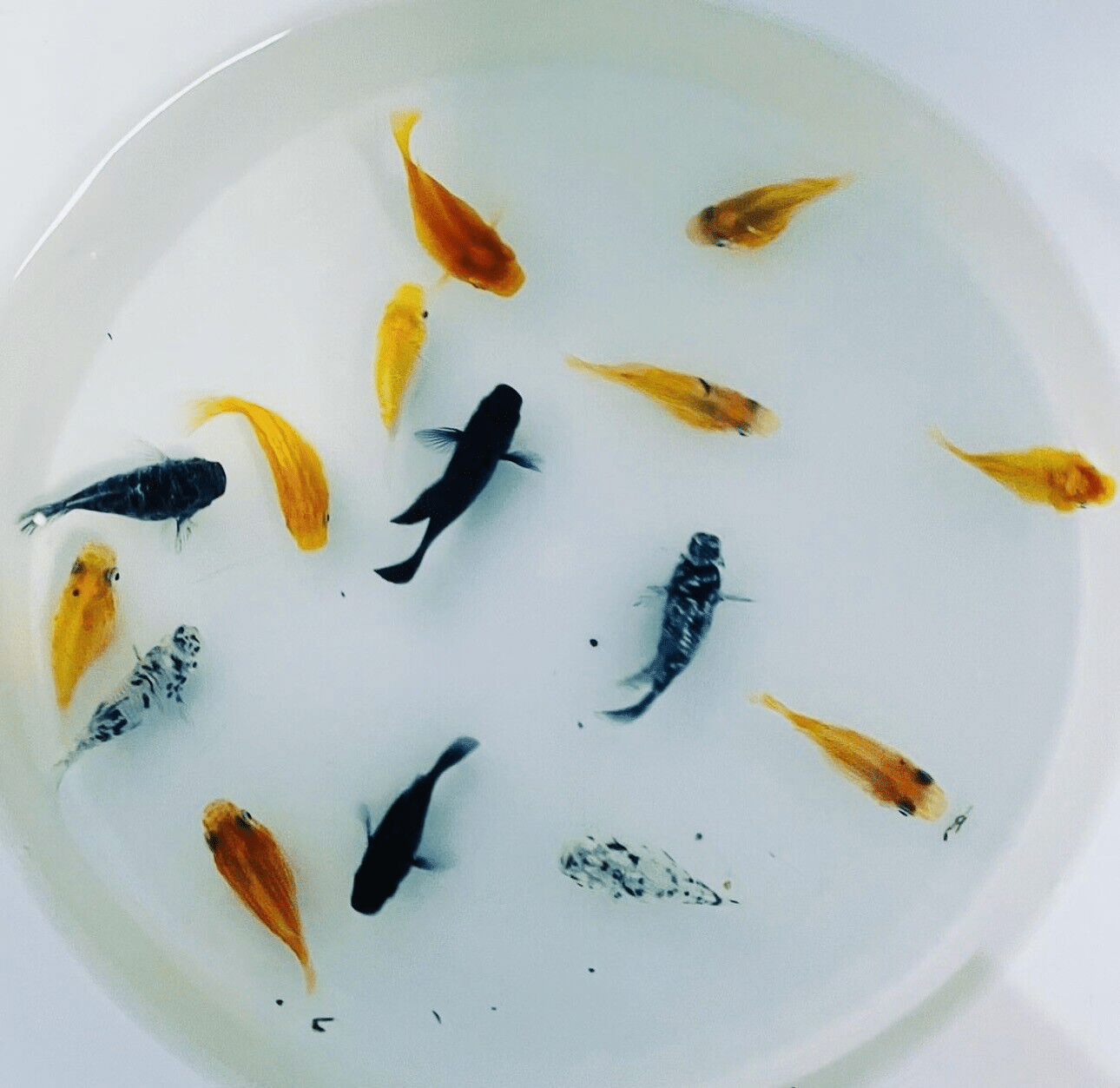


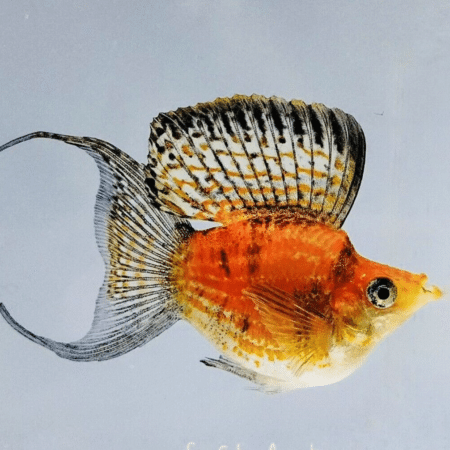
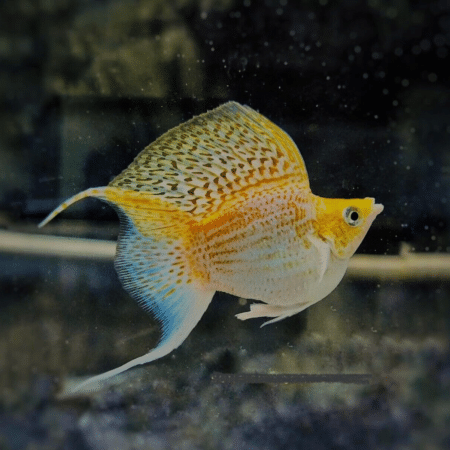
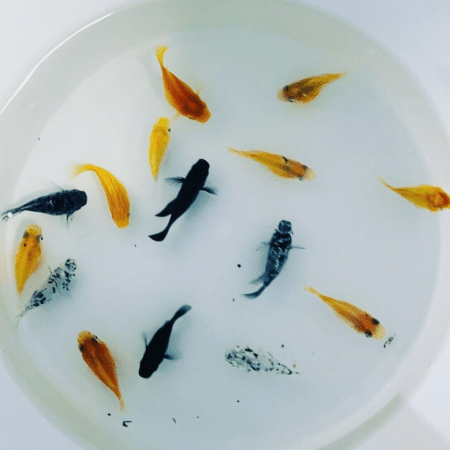


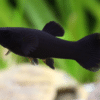









Emily Reynolds (verified owner) –
I recently purchased the assorted color Balloon Molly mix and I couldn’t be more thrilled! As a passionate fish parent, I adore these lively little Poecilia Latipinna. They arrived healthy and active, and it’s been a joy to see their colors brighten my tank over the past two weeks. The males and females are beautifully vibrant, bringing an exciting dynamic to my community aquarium. I’ve noticed they adapt very well; they explore their environment and seem quite content.
Compared to other livebearers I’ve had, these mollies are significantly more engaging and social, swimming together in small schools. A minor concern was that a couple of them were a bit shy at first, but after a few days, they gained confidence and have become the stars of the tank!
I highly recommend these to anyone looking to add some cheerful tropical fish to their setup, especially if you’re a beginner or someone who enjoys a friendly community tank. Just make sure to provide plenty of plants and hiding spots for their comfort. I’ll definitely be buying more in the future!
Emily Carter (verified owner) –
I recently added the 4 X Assorted Colour Balloon Molly Mix to my aquarium, and I couldn’t be happier! These tropical fish are not only stunning with their vibrant colors, but they’re incredibly easy to care for, making them perfect for both beginners and seasoned aquarists like me. After just a week, I noticed how they brought a lovely harmony to my tank! I have a mixed community tank, and they interact beautifully with my other fish.
The shipment was quick, and they arrived healthy and active, which is so important for fish welfare. I especially appreciate that the males and females can coexist well together, creating a lively environment without aggressive behavior. My only minor concern is that they can be a little shy initially, but with some time, they warm up and show off their playful nature.
If you’re looking to enhance your aquarium’s beauty, I highly recommend these molly fish. They’ve added so much joy to my tank, and I believe they would be a fantastic addition for anyone wanting to elevate their tropical fish experience!